Think your house is hard to unload? Try selling a prison.

FIFE LAKE TOWNSHIP—It was the first of its kind. When Camp Pugsley opened in Michigan’s north woods in 1956, young, low-level offenders sentenced to the camp found that there were no guards. No fences. No bars.
Young men in neat white T-shirts were bused north from the camp to Traverse City for vocational classes three nights a week. They cleared trails on state lands, participated in group therapy, and occasionally spent a weekend with their families.
The idea, according to retired judge Earl C. Pugsley, was to offer an alternative to the hardening effects of prison, or probation in troubled homes. Modeled on the Depression-era camps of the Civilian Conservation Corps, Pugsley was meant to give young men “another chance in life.”
Now, the old Pugsley site is getting another chance of its own.
It’s an unlikely example of how a state corrections facility can transform into something else — not a detention center by another name, but, in this case, a new commercial park anchored by Inphastos, a construction technology company.

“We’re inventing how to do all this,” said Paul Bandrowski, CEO of developer North Bay Capitol and an early Inphastos investor. “It doesn’t exist.”
Pugsley is also a test of Michigan’s willingness to rethink its strategy toward vacant prisons and camps, 24 of which have closed in the last 15 years.
Across the state, decarceration left behind hundreds of empty buildings that span more than 4 million square feet. Thirty-one facilities remain open, run by the Michigan Department of Corrections. Some serve specialized populations, such as those in a mental health crisis or people nearing parole. Jails and juvenile detention centers are operated by other agencies.
Michigan prison and camp closings
The Michigan Department of Corrections has no shortage of prisons and lower-security camps. But recent decades have seen a slew of closings, leaving facilities abandoned or demolished, and a few redeveloped. Click on each location to learn its fate. Note: Locations are in the communities where prisons reside, not the exact location. In a few communities, like Ionia, Jackson, Muskegon and in Chippewa County in the eastern Upper Peninsula, there are multiple facilities. Zoom in for more information.
Source: Michigan Department of Corrections
Some closed prisons sit empty for years, a blight on their communities and a cost to taxpayers. Others are demolished. Very few are repurposed to new public use.
But nationwide, it is not unheard of for these facilities to have more useful second acts. Facilities in Pennsylvania, Ohio, Texas, California (and, it should be noted, in Jackson, Michigan) have become museums. A former prison in Florida is a homeless shelter. Another in North Carolina transformed into a sustainable farm that works with vulnerable teens. A closed jail in Boston is now a posh hotel. Netflix shows are produced at the film studio in an old prison on Staten Island.
By and large, however, developers are reluctant to find new uses for these old complexes. Prisons are huge facilities in sometimes out-of-the-way places, designed to be isolated. They often come with a heavy load of deferred maintenance and environmental degradation—not to mention stigma.
When Inphastos executive Beau Vore suggested the site for the company’s expansion, Bandrowski said he looked at him and replied, “‘I’m not buying a prison. Leave me alone.’ He kept bugging me. I said, ‘That prison makes no sense at all. You’re crazy.’”
Then they visited Pugsley in southern Grand Traverse County, about 25 miles from the wine bars and beaches of Traverse City. It spans nearly 200 acres, most of it woodlands, with buildings used as housing, a gymnasium, cafeteria, warehouse, chapel and more.
“I’m telling you,” Bandrowski recalled, “it was eureka moment. Wow.”
A prison closes, then what
Camp Pugsley was part of a wave of reform-minded penal camps built across the state in the mid-20th century. They would fall out of use as tough-on-crime policies favored big, secure buildings that locked up more people.
Pugsley converted to a minimum-security prison in 2001. But now, Michigan incarcerates far fewer people—under 39,000, about 25 percent less than the peak in 2007. That’s 6,000 fewer people than projected by state officials just five years ago.
And so, 15 years after Camp Pugsley went from a camp to a full-scale prison, it shut down completely.
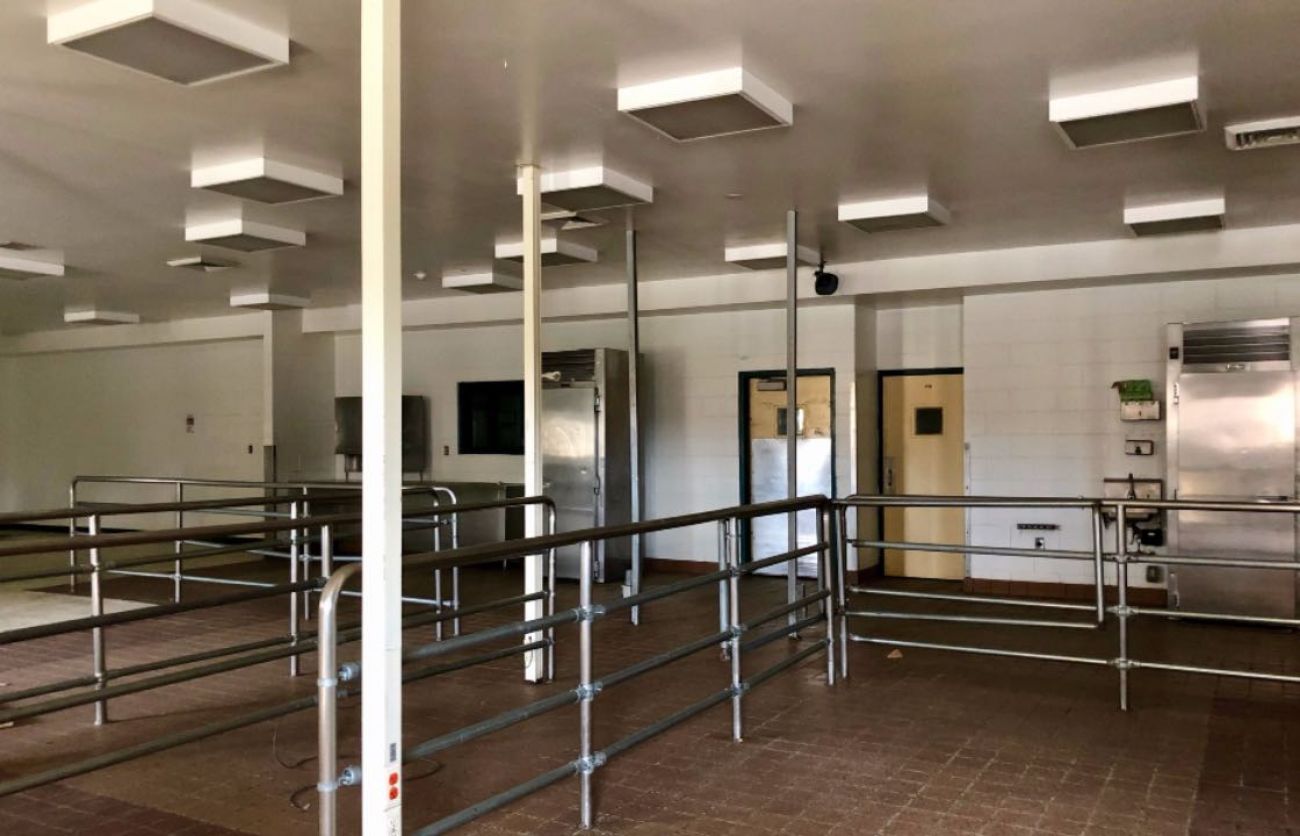
The shrinking footprint of the state prison system parallels national trends. According to a 2016 report by The Sentencing Project, a criminal justice reform group based in Washington, D.C., prison populations steadily declined in 39 states over the previous five years, resulting in at least 94 prisons and juvenile detention centers closing.
That’s put a dent in mass incarceration, but it has also meant job and economic losses in former prison towns. The U.S. Bureau of Labor Statistics predicts that the high cost of prisons, shorter sentences, and alternatives to incarceration will lead to a seven percent drop in jobs for correctional officers and jailers by 2028.
Even so, the state allotted just over $2 billion to MDOC in the past fiscal year — about what it spends on higher education. Indeed, its budget has barely moved since the 2007 incarceration peak, partly due to rising health costs as inmates age.
Amanda Alexander, executive director of the Detroit Justice Center, which advocates for prison reform, sees this high price tag as an opportunity.
“What if that amount were invested in different communities?” she asked, particularly places most affected by corrections—where people are arrested and where they serve time.
“What if we made a commensurate investment in restoring and building thriving communities?”
When a prison closes, job loss or displacement hits first—230 employees in Pugsley’s case, including corrections officers, health care workers, counselors, and maintenance staff. Many transferred to other state facilities.
Terry Street, the Fife Lake Township clerk, said friends who worked at Pugsley ended up at Oaks Correctional Facility in Manistee, about 65 miles away.
Likewise with Mike Mullen’s cousin, who lived 15 minutes from Pugsley. Mullen, who runs Fife Lake’s Chase Insurance Agency, said his cousin worked at Pugsley for nearly two decades before commuting to Oaks after the closure. He bought a van with co-workers so that they could afford the long drive.
Another person who transferred to Manistee bumped Ricc Ricciardi out of his storekeeper job at Oaks. Ricciardi lost his position one month after his terminally ill wife died, and less than four years after he was laid off during the state’s ill-fated experiment in privatizing food service. In a story he shared with a Networks Northwest / Northwest Michigan Works newsletter, Ricciardi said he then used a state program to get a position as a truck driver.
Pugsley’s demise had a dislocating effect on the village. Three years after the prison closed, “if you’re not retired or working for the school, there are really not any jobs in Fife Lake,” said Jean Stiehl, co-owner of the local Stone Mountain Carpet Mills.

The economic fallout may be even starker in the western Upper Peninsula, after the contentious 2018 closing of the Ojibway Correctional Facility.
Ojibway was a top employer in Gogebic County, which has 6 percent unemployment and a poverty rate of more than 20 percent. Marenisco Township, where the prison was located, sued the state citing economic harm if the facility closed. But the case was dismissed, and Ojibway shut down in December.
For the officers who staff prisons, the threat of closure adds another layer of anxiety to a job with high rates of post-traumatic stress disorder and suicide. The Michigan Corrections Organization, which represents state corrections officers, calls PTSD an epidemic, and, in a study released this year, said that suicide among MDOC employees is 2.45 times the national average.
In October, two longtime corrections officers who transferred to Oaks after Pugsley closed were found dead of gunshot wounds at their home. The women, who lived on the same road as the Fife Lake prison, had each been named “Officer of the Year” at Pugsley. Officials said after the shootings there was no continuing public threat; they have yet to announce formal findings.
The difficulties of working in corrections may explain why, at the beginning of the year, the state was hustling to fill nearly 700 vacant positions.
Prison closings can also hit community budgets hard. Sizeable water and sewer revenue paid by prisons are erased.
In Coldwater, the closing of Florence Crane Correctional Facility in 2011 meant “a sizable rate hike” for the rest of the town, said Keith Baker, city manager. Towns also lose revenue-sharing dollars from the state when a major employer closes down.
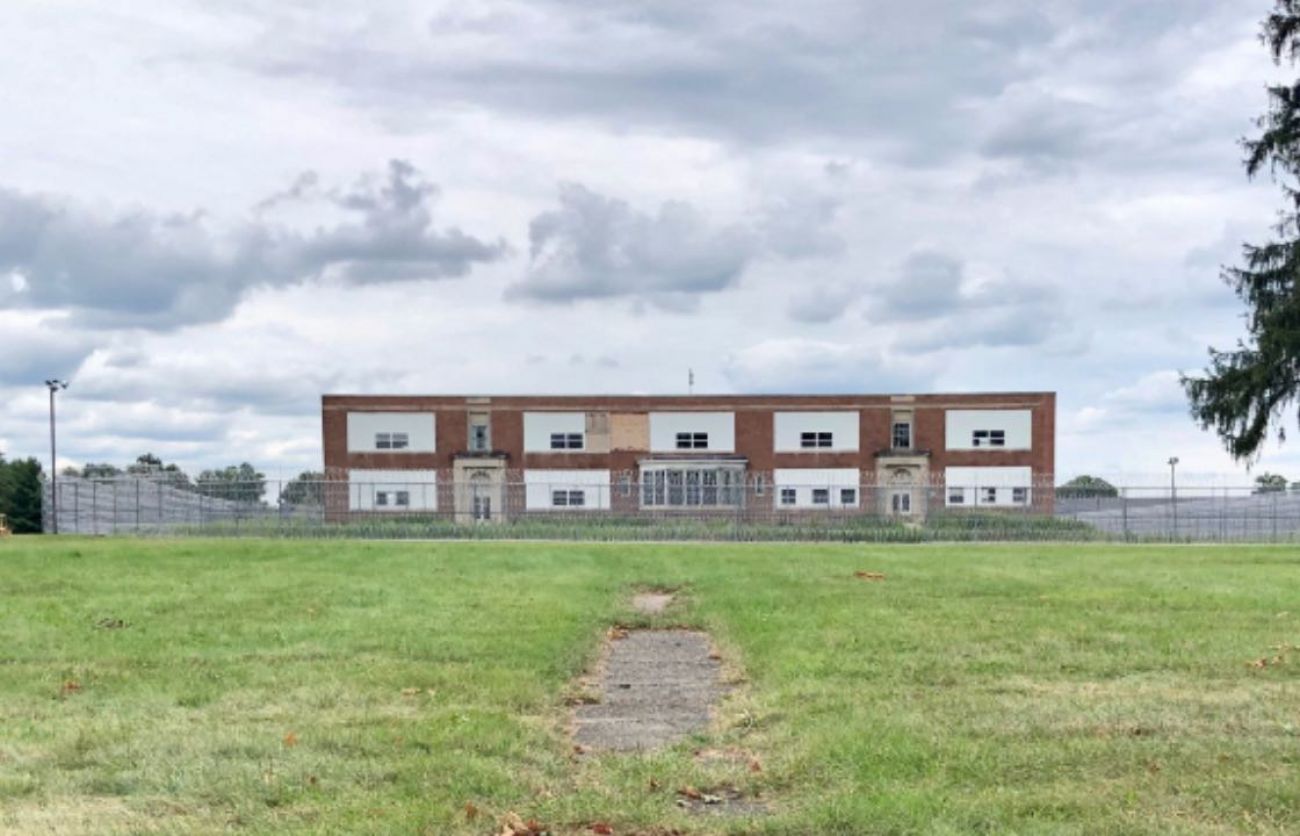
There are more subtle reverberations, too. Farming at Pugsley helped yield about 20,000 pounds of produce each year for local food banks. Three years after the prison closed, a wall display in one of the hollow cement-block buildings features photos of Pugsley staff and inmates collecting 29,000 bottles of water for residents in Flint.
Not least of all, incarcerated people are treated as residents in a community’s Census count, which in turn is the basis of political districting. (Michigan does not allow inmates to vote, however.) With an inmate capacity of 1,300 when it was open, Pugsley doubled the population of Fife Lake Township.
Fife Lake was buffered from some of the effects of closure. Ricky Holwick, who has operated Ricky’s Heating since 1991, said that while Pugsley’s shutdown meant “obviously, people moved away,” the housing crunch in Northwest Michigan meant their homes sold quickly.
But there are trickle-down effects peculiar to the tiny resort town. Holwick said he knew of homes that changed hands from a Pugsley employee to a Traverse City commuter. In Fife Lake, after all, you can own a home for a price comparable to Traverse City rentals.
Those who both lived and worked in the village were more likely to shop there. Commuters, less so. “It’s affected retail and small businesses probably the most,” he said.
Holwick, who recently retired as the local school board president, added that for commuters it’s more convenient to drop off their children at schools en route, in Kingsley or Traverse City, rather than arrange babysitters to cover gap times with Fife Lake schools.
A waiting game
If a closed prison isn’t likely to be redeveloped, it will probably sit vacant until it is demolished.
That’s the case with Riverside Correctional Facility in Ionia. It opened in 1885 as the Michigan Asylum for Insane Criminals, then changed its name to account for patients who weren’t convicted of anything. After serving as a more traditional prison for 40 years, Riverside closed in 2007. The Michigan State Police used part of the facility as an office but moved out in May because of degraded conditions.
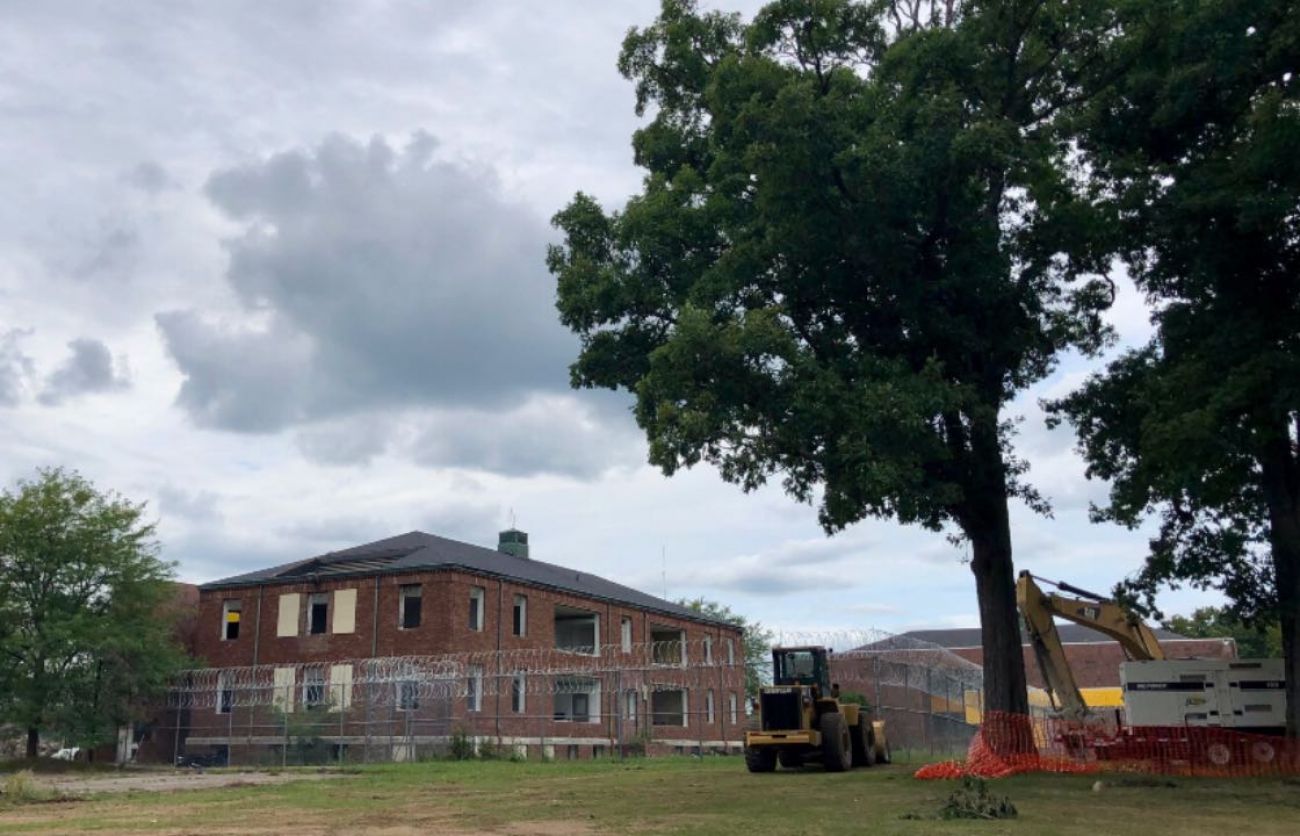
After Pugsley shut its doors, some potential buyers poked around. Nothing came of it until legislation moved the property over to the Michigan Land Bank. With greater flexibility in marketing, the land bank has been playing a bigger role over the last two years. It solicited bids for Pugsley in May 2018 and received exactly one response: from North Bay Capital.
Inphastos, the anchor in North Bay’s development, builds custom homes and low- to mid-rise wood-based structures, like apartment buildings. Nearly all design and build is done at its own facilities. Because it does limited on-site construction, the company says it can offer quality work that is safer, quicker, and more efficient.
Inphastos hopes to help ease the housing crisis affecting regions like northwest Michigan, partly caused by the limited capacity of the construction industry.
“We had a need for a large facility,” Vore said. “We looked at [other] buildings but no place was big enough. We needed 150,000 square feet of space to do everything.”
Working in phases, there will be space at Pugsley for Inphastos to host a production facility, a research and development hub and corporate offices. Outdoor storage is essential, and the yawning expanse of the old prison yards makes it possible.
Other companies will also lease space. Two already are: Kingsley Lumber, owned by Inphastos’ Vore, and Michigan Reload Center. Several acres are portioned out to Grand Traverse County, where the old gun range will be used as a regional training center.
In years to come, large new buildings are planned, but North Bay expects many old ones will be used. Doors will be manufactured in the prison’s old barracks, according to the site proposal. The cafeteria will become a … cafeteria.

Vore, who lives in Kingsley, noted that Pugsley is convenient to thruways, and has plenty of power capacity for modern industry. There is talk of building a quarter-mile railroad spur through state land to bring in materials more easily. Surrounding woods are a noise buffer and, as Vore notes with a laugh, “it’s secure.”
A million details
The advantages to repurposing a prison—material reuse, environmental remediation, new taxable value and jobs—are often outweighed by huge requirements of time, money and cooperation.
In Pugsley’s case, the township, county, state and North Bay company have negotiated details of a purchase agreement for more than a year. “All variety of politicians, all the way up to the governor got involved in helping us through that,” Bandrowksi said. (In October, after our interview, Bandrowski suffered a health crisis and stepped back from the project. North Bay is adjusting its leadership plan, but the redevelopment project is continuing.)

Looming cold weather could bring work to a standstill if the deed isn’t transferred soon. Developers aren’t able to do critical water and sewer fixes until then. “That would not work well for us,” said Greg Garthe, the company’s vice president of manufacturing design and architecture.
One of the heaviest challenges: zoning.
Local officials had to create an entirely new zoning district for a large planned development. Master plan updates were yoked with other changes, like township policy on marijuana businesses. This all added up to a series of public hearings, mandatory waiting periods and other measures designed to protect the land and residents.
Environmental remediation can be a nightmare with prisons, which are often full of hazards: asbestos, lead paint, fuel storage tanks, motor oils. In the Pugsley barracks, now emptied of beds and bars, leaking pink antifreeze pooled on the floor.
In the end, “it will be a period of years before we recoup any funds anywhere near what we had” from the prison, said Linda Forwerck, Fife Lake supervisor.
Meanwhile, the bustle of activity—lumber carried about, trucks driving in and out—is a draw for people with ties to the prison camp.
“I’ve had old guards, old maintenance guys, people that were connected with this facility have come in and really wanted to look around,” Garthe said. “They want to see what kind of stuff we’ve found in the walls.”
There’s been plenty: a prison ID, inmate sketches, tattoo ink, a small green pamphlet with “My Lord and My God” imprinted in red lettering.

Prison closure is politics
On a cold snowless day in late January 2018, news broke that West Shoreline Correctional Facility in Muskegon would soon shut its doors for good. It had opened in 1987 as part of a complex of three prisons.
Muskegon’s leaders were “obviously disappointed,” said MDOC spokesman Chris Gautz. But the city soon saw value in buying the site and expanding the adjacent Port City Industrial Park. Muskegon plans to demolish the nine buildings and market 60-some acres to prospective developers.
“The property is really quite valuable because its already zoned industrial,” said Kyle Kaminski, MDOC legislative liaison. “I know Muskegon’s out of land when it comes to that.”
In contrast, Pugsley would be among a handful of prisons nationally that are reused without a total teardown.
Jarred Williams, a sociologist who has been incarcerated himself and consults on prison transformations, said there is no single template for reuse—geography, economics, facility conditions, and community needs vary.
But it takes a lot to get there.
“Prison closure is politics,” Williams said. “Repurposing is bureaucracy. It’s not only the cost of practical problems you’re dealing with; it’s an ideological problem.”
This is one reason that “repurposing” a prison has often meant opening a different kind of prison.
When Standish Maximum Correctional Facility neared closure 10 years ago, a proposal emerged to use the prison to house Guantánamo Bay detainees. It faced opposition from some residents and political leaders, and went nowhere. MDOC maintains the vacant prison in case it’s needed for corrections or disaster relief.
In February, Gov. Gretchen Whitmer quashed a deal that had the land bank selling Deerfield Correctional Facility in Ionia, vacant since 2009, to a for-profit company that would detain undocumented immigrants. It now appears destined for demolition, whenever financing comes through.
Also this year, a private prison is reopening in Baldwin after two years of vacancy to detain undocumented immigrants. North Lake Correctional Facility, once known as the Michigan Youth Correctional Facility, has a 10-year federal contract.
The longer a prison is empty, the more it falls apart, making it harder to imagine a future for it outside of detention nor demolition. Vacant prisons cost taxpayers in snow plowing, lawn mowing and other maintenance, assuming the state believes its realistic that someone will buy it.
“Some honestly are in quite poor condition,” said Gautz, the prison spokesman. “They were closed over a decade ago.”
Western Wayne Correctional Facility (once known as Detroit House of Correction and immortalized by writer Joyce Carol Oates) closed in 2004, leaving 125 acres in Plymouth Township vacant for more than a decade. It was conveyed to the state land bank in 2015. Partial demolition came a couple years later. In March, part of the property was sold to Hillside Realty Investments, with another developer expected to purchase the remaining land.
Pugsley, on the other hand, was only vacant for a couple years before North Bay bid on it.
If we close it, can we sell it?
Williams, the prison consultant, said it sometimes helps for communities to think small in trying to find other uses for massive facilities.
“I would challenge people to not think about how to repurpose a whole prison,” he said, noting that it doesn’t take a lot of space to “really do something.”
Many, like Pugsley, come with woodworking and metal shops, agricultural land, classrooms, recreation centers, medical offices, kitchens, and other spaces that can be a real use for the region. Williams pointed to a project in Beaumont, Texas which will turn a former prison into a welding training center for about 500 people a year, using only a couple of its classrooms.
In August, demolition began on 16 buildings at Camp Branch in Coldwater, which is part of the complex that includes Lakeland Correctional Facility (active) and Florence Crane (vacant). It abuts the community’s lively soccer fields, repurposed from what was once part of the state’s footprint. “You see kids there every weekend,” said Keith Baker, city manager.
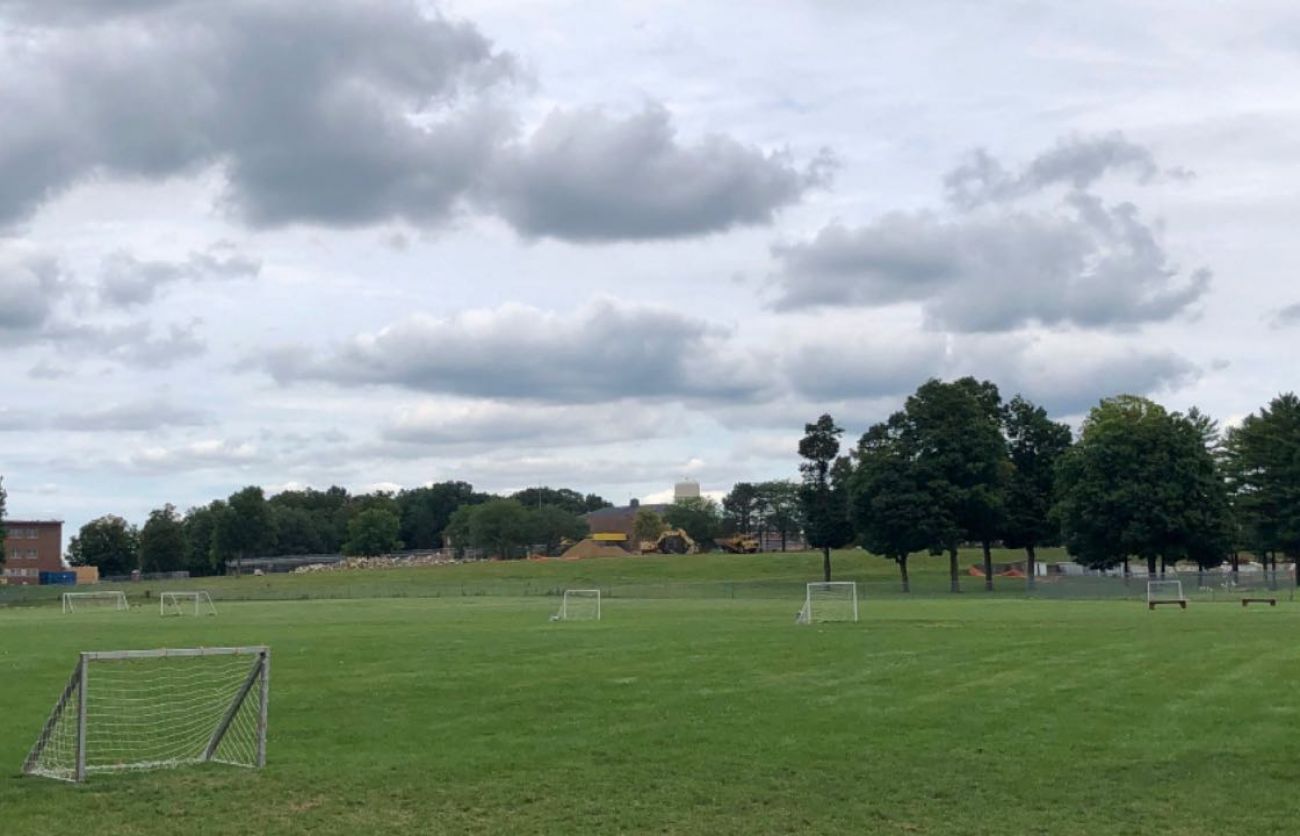
Demolitions can be pricey because, as Gautz put it, “older facilities were built like fortresses.” Riverside in Ionia, also on the demolition list, encompasses 46 buildings of bricks, mortar and cement spanning half a million square feet. Even though Camp Branch was built less mightily, it was vacant for nearly 10 years before teardown financing came through.
A member of Gov. Rick Snyder’s staff floated one idea to clear land more swiftly. In a memo, the staffer suggested new legislation that would require all proceeds from prison property sales go to a restricted fund for demolitions. The legislature has, however, not moved on this.
Whatever strategy is used, Williams said states would be wise to consider how a facility can be sold or repurposed when choosing which prisons to close.
“Usually it’s, ‘We want to close this prison because it’s a shithole,’” Williams said. “I’d argue all prisons are a shithole; it’s just a matter of degree … But we can be more forward-thinking about what prisons we’re closing, and target those that do least harm, that we can repurpose the easiest.”
In a report issued last December, the state Office of the Auditor General urged MDOC to better document economic impact in deciding which prisons to close as “a good business practice to help further transparency.”
MDOC disagreed, saying that it delivers “significant data and information” that compare facilities considered for closure. But corrections officials also concede there were “no immediate plans for the (Ojibway) site.”
That’s caused some raw feelings in tiny Marenisco Township. Its police chief took to social media to accuse the state the mothballing the prison out of “spite.”
The state wants “to make the facility useless and worthless as a way to punish the people of Marenisco & Gogebic County for fighting them,” Chief Bruce Mahler wrote on Facebook. “(W)e will never stop fighting and we certainly will not forget what you have done to us!”
New uses for old fortresses
For communities losing a prison, Amanda Alexander of the Detroit Justice Center poses a question: “What are we building instead of a new jail?”
What’s the community’s vision for what comes next? Local leaders might want to “dig into the history of the place before it was a prison town,” looking at how residents were supported before the facility arrived, what institutions served them, and what made them feel safe.
Communities could also learn from projects across the country that are working through the complexities of transition, such as those led by the nonprofit architecture firm Designing Justice + Designing Spaces in Oakland, California. It is now at work in repurposing a jail in downtown Atlanta, with community groups pushing for it to become a mixed-use development that helps former prisoners.
Northwest Michigan can also look closer to home. Not far from Pugsley, there is a model for how to repurpose a mammoth state institution: The Village at Grand Traverse Commons in Traverse City.
The popular residential and retail development was once a state-run mental hospital that closed in 1989. Developers transformed the former asylum in phases so that it could grow in line with the community.
As with Pugsley, the project’s abundant space made it possible to break down work into manageable sections. Developers worked closely with public officials and made use of incentives, including brownfield grants and historic tax credits. It also has an oral history project to capture community memory.
The Village is what Bandrowski, of North Bay, has in mind when he imagines Pugsley becoming “an industrial and commercial and economic hub for Northern Michigan.” But there is no getting around the fact that to repurpose a prison, you need a lot of time. And money.
North Bay is getting the facility at a “very great price,” Bandrowski said — $20 million. “The state had spent literally $70 million building this facility and it was going to get torn down or not be used. It’s a travesty. We’re taking advantage of this.”
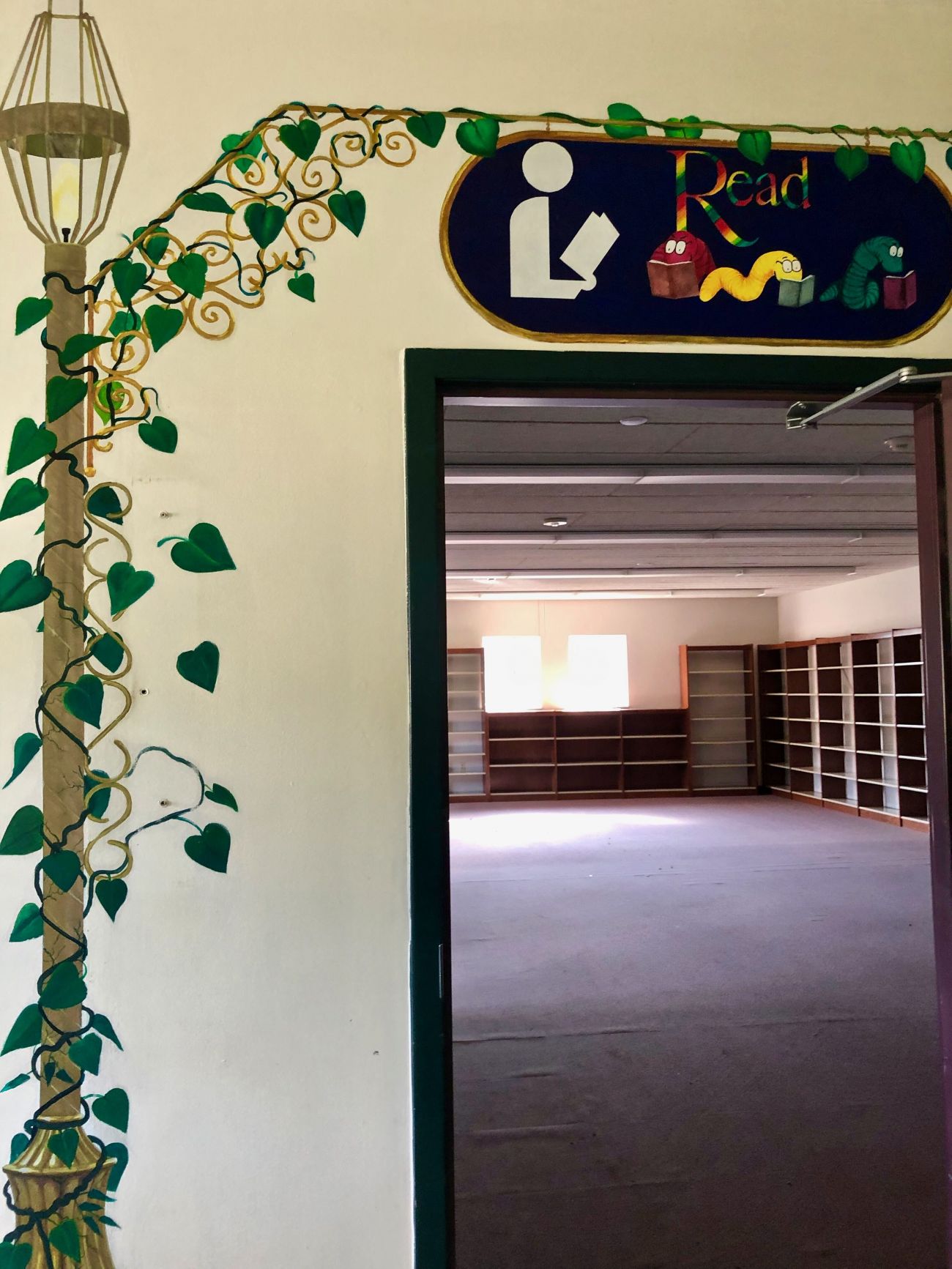
Bandrowski said the company would have to spend roughly $15 million more for infrastructure and equipment. Being able to get work started before the sale is finalized made the deal possible, leaders at North Bay and Inphastos agree.
Pugsley, it seems, is coming full circle.
One bright weekday morning in September, Marc McKellar, North Bay’s attorney, and Garthe, the Inphastos VP, walked through Pugsley’s low-slung yellow buildings, exploring the empty library, the echoing cafeteria, the hushed warden’s office.
In a workshop marked by a carefully carved “Building Trades” sign, incarcerated men once built desks, shelves, tables, and other items used across the state. The blackboard still has a “Cabinet Orders” list outlined in chalk. In the lobby, visitors passed glass displays featuring handmade items for purchase.
McKellar remembered when, growing up, he saw supervised groups of men from Pugsley—eight to twelve of them, four mornings a week in the summertime—set up shop in Interlochen State Park to build picnic tables and benches. They cut precarious trees and removed sea lampreys in the waterways.
Walking through the quiet rooms, Garthe and McKellar admired the carpentry left behind. “Look at that oakwork,” Garthe said. A two-door cupboard on the wall, with a metal clasp. Large desks with smoothly sliding drawers. Pugsley’s reception desk featuring inlaid elements of the two peninsulas of Michigan in dark wood. It wasn’t much different than in the old prison camp days. What they built outlasted their prison.
See what new members are saying about why they donated to Bridge Michigan:
- “In order for this information to be accurate and unbiased it must be underwritten by its readers, not by special interests.” - Larry S.
- “Not many other media sources report on the topics Bridge does.” - Susan B.
- “Your journalism is outstanding and rare these days.” - Mark S.
If you want to ensure the future of nonpartisan, nonprofit Michigan journalism, please become a member today. You, too, will be asked why you donated and maybe we'll feature your quote next time!

